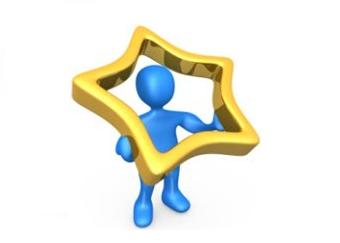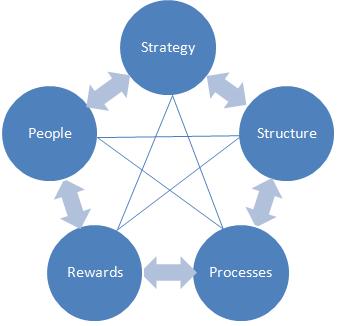What is Behavioral Modification? All organisations are set up with particular core goals and aims in mind. Various resources including money, machines and manpower are utilized to achieve these goals. Modern businesses often refer to their Human Resources (manpower) as their biggest and most important asset and it is widely understood that this single resource plays a vital and irreplaceable role in the attainment of success and the achievement of an organisation’s objectives. Thus, human behavior at work plays an essential role in the smooth functioning of day to day activities as well the targeted long term goals. It is essential for a manager to posses the skills to identify and predict undesired behavior and bring about required changes in order to make human behavior at work productive and supportive to the organisation’s goals. In business language the art of modifying and moulding human behaviour is known as behavioural modification. Continue reading
Organizational Behavior
Concept of Reinforcement in Organizational Behavior
Reinforcement is the attempt to develop or strengthen desirable behavior. There are two types of reinforcement in organizational behavior: positive and negative. Positive reinforcement strengthens and enhances behavior by the presentation of positive reinforcers. There are primary reinforcers and secondary reinforcers. Primary reinforcers satisfy basic biological needs and include food and water. However, primary reinforcers don not always reinforce. For instance, food may not be a reinforcer to someone who has just completed a five course meal. Most behaviors in organizations are influenced by secondary reinforcers. These include such benefits as money, status, grades, trophies and praise from others. These include such benefits as money, status, grades, trophies and praise from others. These become positive reinforcers because of their associations with the primary reinforcers and hence are often called conditioned reinforcers. It should be noted that an event that functions as a positive reinforce at one time or in one Continue reading
Ten Personality Factors in Organizational Behavior
Personality is a complex, multi-dimensional construct and there is no simple definition of what personality is. Salvatore R. Maddi defines personality as, “A stable set of characteristics and tendencies that determine those commonalities and differences in the psychological behavior and that may not be easily understood as the sole result of the social and biological pressures of the moment”. All individuals have some universally common characteristics. Yet they differ in some other specific attributes. This makes it difficult for the managers to assume that they can apply same reward types or motivation techniques to modify different individual behaviors. The definition, however, does not mean that people never change. In simple terms, it asserts that individuals do not change all at once. Their thoughts, feelings, values and actions remain relatively stable over time. Changes in individual’s personality can, however, occur gradually over a period of time. The managers should, therefore, attempt Continue reading
Jay Galbraith’s Star Model of Organizational Design
Organizational design is not simply about structure and the resulting organizational chart. It is about the relationships between people, work, formal structures and informal practices and behaviors. It is about the way in which an organization structures and coordinates its people and process so it can benefit from its unique capabilities over the long-term. It determines who makes decisions and how those decisions will be made. It changes the role of the leaders as they become less decision makers and more decision shapers. Through organizational design, leaders become the shapers of the organization’s decision-making process. Organizational design and the resulting capabilities are the last sustainable sources of competitive advantage. Star Model of Organizational Design is a well-known model that has been used for decades to identify the key elements of an organization and focus on the issue of strategy and strategy implementation. Developed by Jay Galbraith, an American consultant and Continue reading
Concept of Personality in Organizational Behavior
The term personality has been derived from the Latin word “Persona” which was associated with Greek theater in ancient times. The Greek actors commonly used to wear masks on their faces during their performances on the stage. The mask worn by the actors was called persona. Personality was thought to be the effect and influence which the individual wearing a mask left on the audience. Personality is a term that has many general meanings. Sometimes the word refers to the ability to get along well socially. For example, we speak of experiences or relationships, which are said to give a person “more personality.” The term may also refer to the most striking impression that an individual makes on other people. We may say, ‘she has a shy personality’. To a psychologist, personality is an area of study that deals with complex human behavior, including emotions, actions, and cognitive (thought) processes. Continue reading



